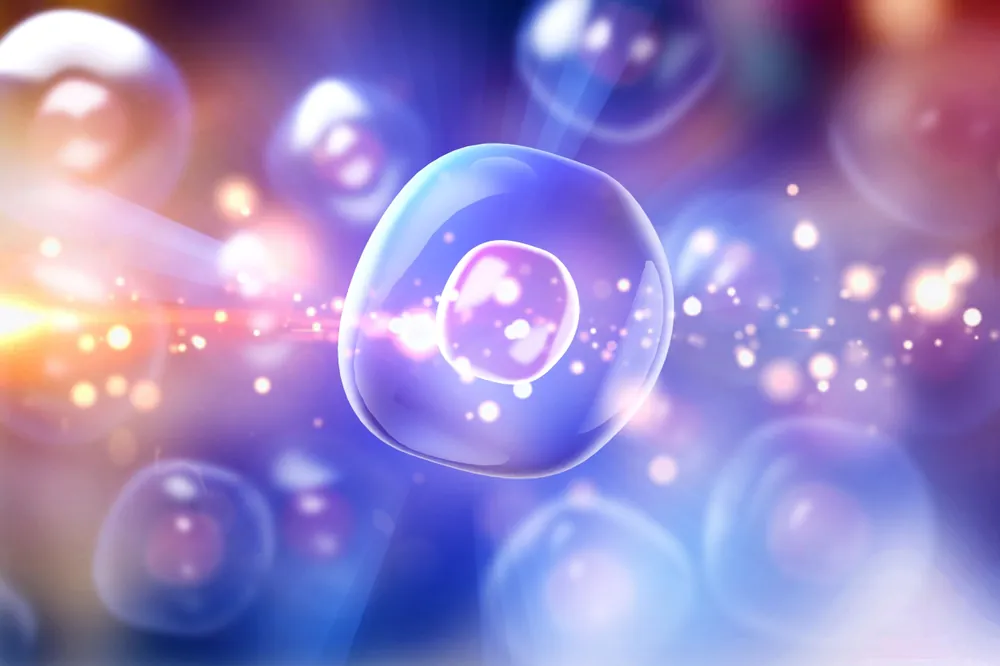A team of researchers has recently published a study on the effects of senescence on periodontal tissues in Aging.
Connecting bones and teeth
We have previously outlined a study showing a relationship between gum disease and biomarkers of inflammation. Noting that aging itself is a risk factor for periodontitis [1], this study approaches this topic in a different way, focusing on the senescent cells that are directly responsible for the inflammatory factors that make up the SASP.

Read More
Connecting bones and teeth
Along with a discussion of the SASP, this study’s introduction includes information about the periodontal ligament (PDL), a fibrous tissue that connects teeth to the underlying bone. PDL cells produce extracellular matrix proteins for this purpose [2], and they also produce adhesion molecules and cytokines to serve as a barrier between the bone and the tooth [3].
This study focuses on the various gene expressions of these cells in the context of aging, focusing on the microRNAs (miRNAs) that modulate inflammation and senescence [4].
What happens to the PDL with aging
This study’s first experiment was a careful study of the bone and tissue surrounding murine teeth. 6-week-old mice had considerably more bone structure than 68- to 104-week-old mice. As expected, the older mice had significantly more of the inflammatory biomarker IL-6 and the senescence biomarkers p16 and SA-β-gal in their PDL cells, along with a reduction in the expression of sirtuins, which are associated with longevity [5].
The researchers then turned to cultured human PDL cells. Encouraging these cells to divide repeatedly, the researchers drove them replicatively senescent, with biomarkers to match. They then subjected these cells to a variety of other analyses, finding that they produce more reactive oxygen species, have dysregulated chromosomes, and, most importantly, express the SASP.
Significant increases in inflammation with senescence
Senescent PDL cells produce very large quantities of SASP-related factors compared to younger cells. IL-6 and IL-8 levels rose more than tenfold as the cells divided towards senescence, while MMP-1 and MMP-2 were also dramatically increased. Exposing these cells to bacteria commonly present in the mouth had no influence on this inflammation.
The paper’s focus then turned to miRNA, finding that the amounts of multiple miRNA structures are significantly changed with senescence. The researchers took particular note of miR-34a, which has been previously reported to influence sirtuin expression [6]. Here, the researchers found promising results introducing miR-34a into PDL cells caused greater expression of IL-6 and reduced sirtuins, and suppressing miR-34a did the opposite, reducing IL-6 and boosting sirtuin expression.
Resveratrol, which is known to enhance sirtuin expression, had similar beneficial effects, showing that sirtuins are likely to cause reduced IL-6 expression.
Conclusion
This research points the way towards a promising approach for dealing with increased inflammation in gum tissue. It may be possible for an intervention to directly suppress miR-34a, reducing SASP biomarkers and helping older people keep their natural teeth for longer. Further research is necessary to determine if this is feasible in human beings and whether it has benefits for other tissues.
Literature
[1] Reynolds, M. A. (2014). Modifiable risk factors in periodontitis: at the intersection of aging and disease. Periodontology 2000, 64(1), 7-19.
[2] Yamada, S., Murakami, S., Matoba, R., Ozawa, Y., Yokokoji, T., Nakahira, Y., … & Okada, H. (2001). Expression profile of active genes in human periodontal ligament and isolation of PLAP-1, a novel SLRP family gene. Gene, 275(2), 279-286.
[3] Okada, H., & Murakami, S. (1998). Cytokine expression in periodontal health and disease. Critical Reviews in Oral Biology & Medicine, 9(3), 248-266.
[4] Olivieri, F., Rippo, M. R., Monsurrò, V., Salvioli, S., Capri, M., Procopio, A. D., & Franceschi, C. (2013). MicroRNAs linking inflamm-aging, cellular senescence and cancer. Ageing research reviews, 12(4), 1056-1068.
[5] Giblin, W., Skinner, M. E., & Lombard, D. B. (2014). Sirtuins: guardians of mammalian healthspan. Trends in Genetics, 30(7), 271-286.
[6] Yamakuchi, M., Ferlito, M., & Lowenstein, C. J. (2008). miR-34a repression of SIRT1 regulates apoptosis. Proceedings of the National Academy of Sciences, 105(36), 13421-13426.




